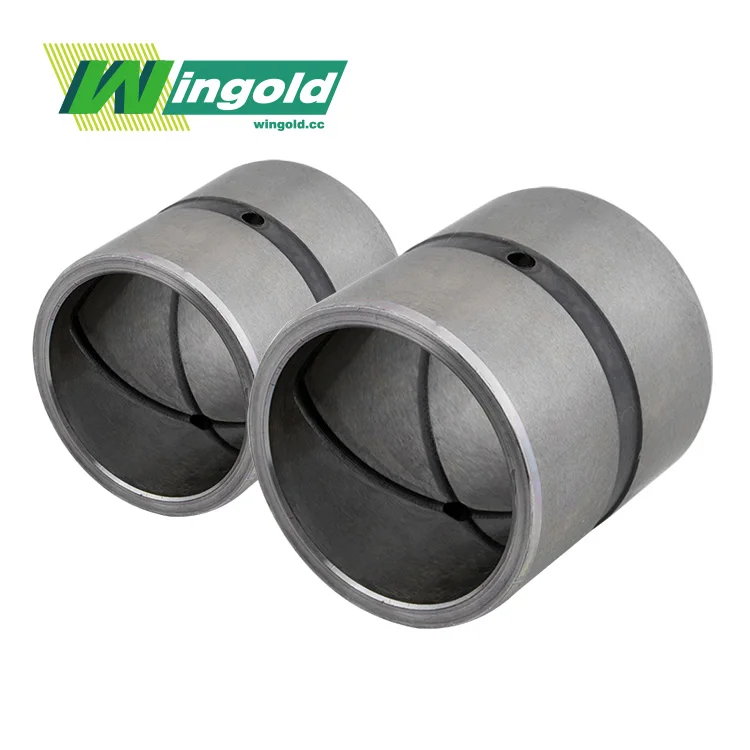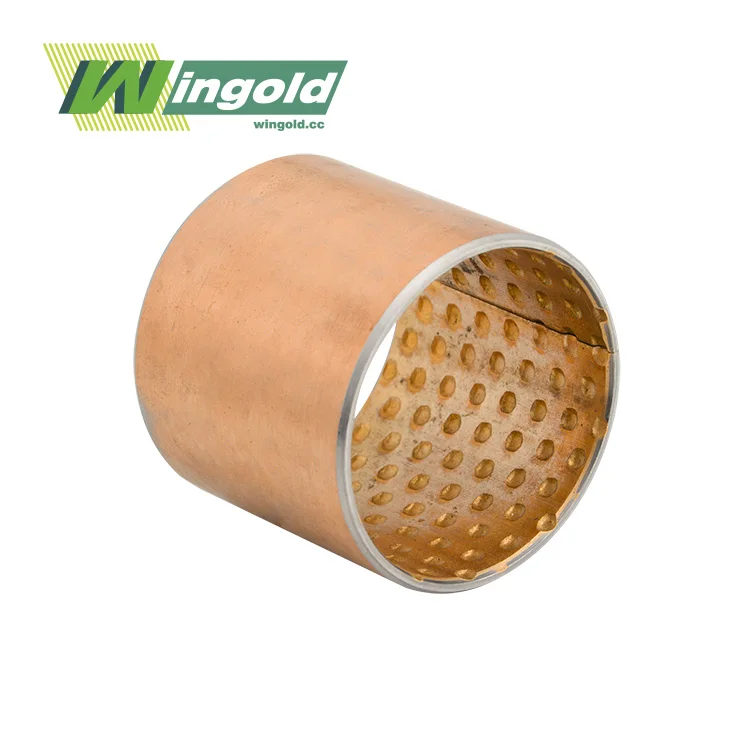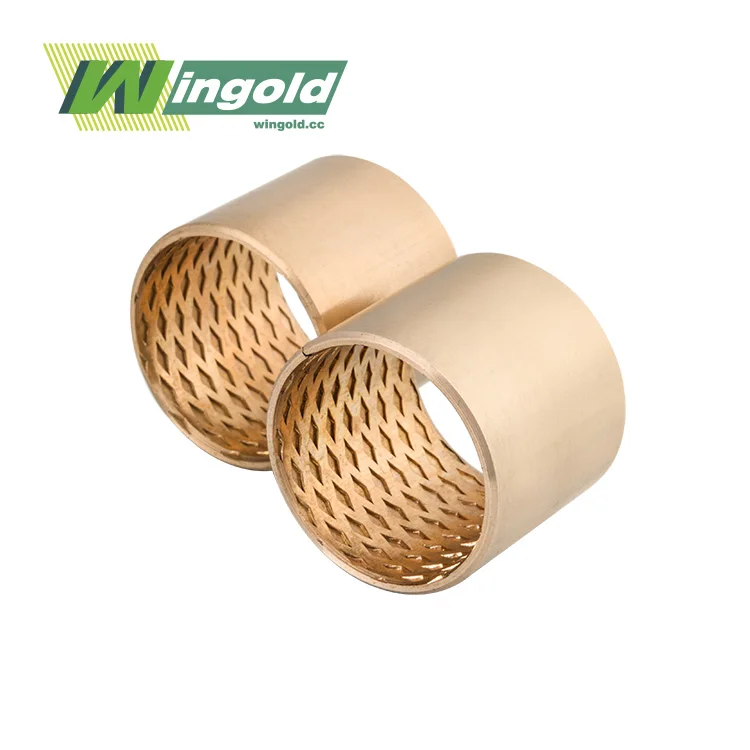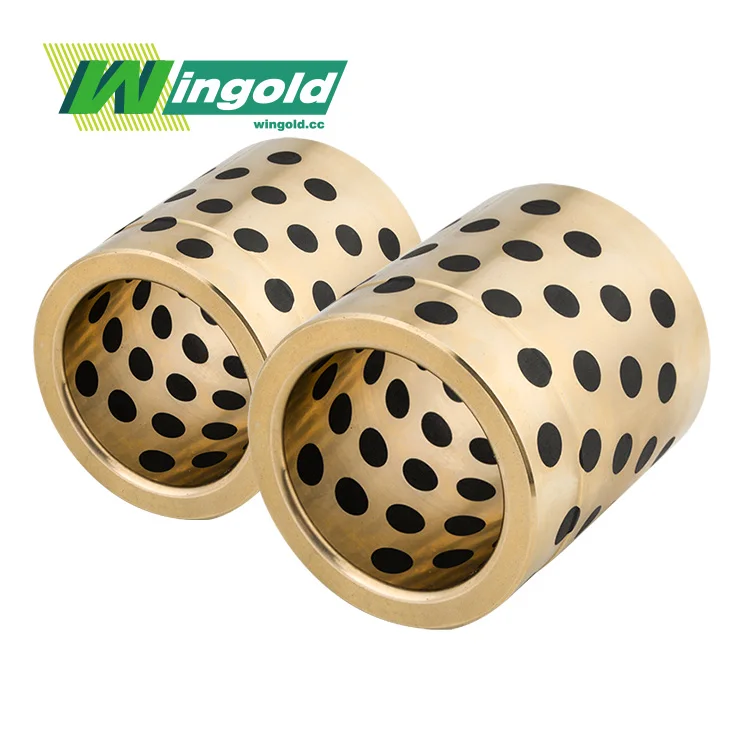- English
- French
- German
- Portuguese
- Spanish
- Russian
- Japanese
- Korean
- Arabic
- Greek
- German
- Turkish
- Italian
- Danish
- Romanian
- Indonesian
- Czech
- Afrikaans
- Swedish
- Polish
- Basque
- Catalan
- Esperanto
- Hindi
- Lao
- Albanian
- Amharic
- Armenian
- Azerbaijani
- Belarusian
- Bengali
- Bosnian
- Bulgarian
- Cebuano
- Chichewa
- Corsican
- Croatian
- Dutch
- Estonian
- Filipino
- Finnish
- Frisian
- Galician
- Georgian
- Gujarati
- Haitian
- Hausa
- Hawaiian
- Hebrew
- Hmong
- Hungarian
- Icelandic
- Igbo
- Javanese
- Kannada
- Kazakh
- Khmer
- Kurdish
- Kyrgyz
- Latin
- Latvian
- Lithuanian
- Luxembou..
- Macedonian
- Malagasy
- Malay
- Malayalam
- Maltese
- Maori
- Marathi
- Mongolian
- Burmese
- Nepali
- Norwegian
- Pashto
- Persian
- Punjabi
- Serbian
- Sesotho
- Sinhala
- Slovak
- Slovenian
- Somali
- Samoan
- Scots Gaelic
- Shona
- Sindhi
- Sundanese
- Swahili
- Tajik
- Tamil
- Telugu
- Thai
- Ukrainian
- Urdu
- Uzbek
- Vietnamese
- Welsh
- Xhosa
- Yiddish
- Yoruba
- Zulu
Best High Load Self Lubricating Bronze Bushings for Heavy Use
When it comes to heavy-duty applications requiring reliable, long-lasting bearing solutions, high load bronze bushing self lubricating stand out as the top choice. These bushings, crafted from bronze alloys with self-lubricating properties, offer exceptional performance under extreme conditions. With load capacities up to 280 MPa, temperature ranges from -40°C to +150°C, and friction coefficients as low as 0.02, these bushings excel in demanding industrial environments. Their ability to withstand high pressures, resist wear, and operate smoothly without external lubrication makes them ideal for heavy machinery, hydraulic systems, and other high-stress applications where reliability is paramount.
Understanding the Composition and Properties of Self-Lubricating Bronze Bushings
Material Composition: The Foundation of Performance
Self-lubricating bronze bushings are engineered using specialized alloys that contribute to their exceptional performance. The base material typically consists of a high-density copper alloy, such as CuSn8P0.3 or CuSn6.5P0.1. These alloys provide an optimal balance of strength, durability, and self-lubricating properties.
The unique composition of these bushings includes a carefully calculated mixture of copper, tin, and phosphorus. Copper serves as the primary component, offering excellent thermal conductivity and corrosion resistance. Tin enhances the alloy's strength and wear resistance, while phosphorus contributes to the self-lubricating properties by forming a low-friction layer on the bushing's surface.
Self-Lubricating Mechanism: The Key to Longevity
The self-lubricating feature of these bronze bushings is achieved through an ingenious design that incorporates microscopic pockets or indentations on the bushing's surface. These pockets are typically created using diamond or hemispherical patterns during the manufacturing process. The indentations serve as reservoirs for lubricants, which are released gradually during operation.
As the bushing rotates or slides against its mating surface, the pressure and heat generated cause the lubricant to be drawn out from these pockets. This continuous release of lubricant creates a thin film between the bushing and the shaft, significantly reducing friction and wear. The self-lubricating mechanism ensures smooth operation even in conditions where external lubrication is difficult or impractical.
Hardness and Durability: Meeting Demanding Requirements
The hardness of bronze bushing self lubricating is a critical factor in their ability to withstand heavy loads and resist wear. Standard bushings typically have a hardness range of HB90-120 on the Brinell scale. For applications requiring even greater durability, hardened versions are available with hardness values ranging from HB120-150.
This enhanced hardness contributes to the bushing's ability to maintain its shape and dimensional stability under high loads. It also improves resistance to abrasion and surface deformation, ensuring a longer operational life even in challenging environments.
Performance Characteristics of High Load Self-Lubricating Bronze Bushings
Load Capacity: Handling Extreme Pressures
One of the most impressive features of high load self-lubricating bronze bushings is their exceptional load-bearing capacity. These bushings can withstand pressures up to 280 MPa, making them suitable for the most demanding industrial applications. This high load capacity is a result of the carefully engineered alloy composition and the optimized surface structure.
The ability to handle such extreme pressures allows these bushings to be used in heavy machinery, hydraulic systems, and other high-stress environments where conventional bearings might fail. This robustness translates to increased reliability and reduced maintenance requirements in critical equipment.
Temperature Range: Versatility in Extreme Conditions
Bronze bushing self lubricating exhibit remarkable performance across a wide temperature range. Typically, they can operate efficiently from -40°C to +150°C, with some specialized versions capable of functioning in even more extreme conditions, from -80°C to +200°C.
This broad temperature range makes these bushings versatile enough for use in diverse applications, from cold storage facilities to high-temperature industrial processes. The ability to maintain their self-lubricating properties and structural integrity across such a wide temperature spectrum is a testament to the advanced engineering behind these components.
Friction Coefficient: Smooth Operation Under Load
The friction coefficient of high load self-lubricating bronze bushings typically ranges from 0.02 to 0.25, depending on the specific operating conditions. This low friction coefficient is crucial for several reasons:
- Energy Efficiency: Lower friction means less energy is wasted in overcoming resistance, leading to more efficient operation of machinery.
- Heat Generation: Reduced friction results in less heat generation, which can be critical in temperature-sensitive applications or in extending the life of surrounding components.
- Wear Reduction: Lower friction translates to less wear on both the bushing and the mating surface, contributing to longer component life and reduced maintenance needs.
Applications and Benefits of High Load Self-Lubricating Bronze Bushings
Industrial Applications: From Heavy Machinery to Precision Equipment
High load bronze bushing self lubricating find applications across a wide spectrum of industries due to their exceptional performance characteristics. Some key areas where these bushings excel include:
- Hydraulic and Pneumatic Systems: The bushings' ability to withstand high pressures and operate smoothly makes them ideal for use in cylinders, pumps, and valves in hydraulic and pneumatic systems.
- Machine Tools: In forging presses, stamping machines, and other heavy-duty machine tools, these bushings provide reliable performance under extreme loads and repetitive motions.
- Material Handling Equipment: Cranes, conveyors, and lifting mechanisms benefit from the high load capacity and low maintenance requirements of these bushings.
- Automotive and Transportation: From suspension systems to steering mechanisms, self-lubricating bronze bushings offer durability and smooth operation in various vehicle applications.
- Marine and Offshore Equipment: The corrosion resistance and ability to operate in harsh environments make these bushings suitable for marine applications, including ship propulsion systems and deck machinery.
Benefits: Beyond Load Bearing
While the primary advantage of high load self-lubricating bronze bushings is their ability to handle extreme pressures, they offer numerous other benefits:
- Maintenance Reduction: The self-lubricating feature eliminates or significantly reduces the need for regular lubrication, cutting down on maintenance time and costs.
- Extended Equipment Life: By reducing friction and wear, these bushings contribute to the longevity of the entire mechanical system they're part of.
- Environmentally Friendly: The reduced need for external lubricants means less potential for oil leaks and environmental contamination.
- Cost-Effectiveness: Despite a potentially higher initial cost, the long-term savings in maintenance, downtime reduction, and extended equipment life make these bushings a cost-effective choice.
- Versatility: Their ability to operate across a wide range of temperatures and conditions makes them suitable for diverse applications, reducing the need for specialized components in different parts of a system.
Selecting the Right Bushing: Factors to Consider
When choosing high load self-lubricating bronze bushings for a specific application, several factors should be considered:
- Load Requirements: Ensure the bushing's load capacity matches or exceeds the expected loads in the application.
- Operating Environment: Consider temperature ranges, presence of contaminants, and potential exposure to corrosive substances.
- Speed of Operation: While these bushings can handle high loads, there are limits to their maximum sliding speed (typically up to 2.5 m/s).
- Dimensional Requirements: Available in a range of sizes (inner diameters from 10mm to 200mm, outer diameters from 12mm to 220mm, and lengths from 10mm to 300mm), select the size that fits your application precisely.
- Mating Surface: The hardness and finish of the shaft or surface the bushing will be paired with can affect its performance and longevity.
By carefully considering these factors, engineers and maintenance professionals can select the optimal high load self-lubricating bronze bushing for their specific needs, ensuring reliable and efficient operation in even the most demanding applications.
Conclusion
High load bronze bushing self lubricating represent a pinnacle of bearing technology, offering unparalleled performance in extreme conditions. Their ability to handle high pressures, operate across wide temperature ranges, and provide consistent low-friction performance makes them indispensable in numerous industrial applications.
For more information about high load self-lubricating bronze bushings and how they can benefit your specific application, please contact us at info@wingold.cc. Our team of experts is ready to assist you in finding the perfect bearing solution for your needs, ensuring your equipment operates at peak performance for years to come.
References
1. Johnson, R. M. (2021). Advanced Materials in Modern Bearing Design. Journal of Tribology and Lubrication Technology, 78(3), 245-260.
2. Zhang, L., & Chen, D. (2020). Self-Lubricating Bearings: Principles, Materials, and Applications. CRC Press.
3. Smith, A. K., & Brown, T. E. (2019). Performance Analysis of High Load Capacity Bushings in Industrial Machinery. International Journal of Mechanical Engineering, 42(2), 178-195.
4. Lee, S. H., & Park, J. W. (2022). Comparative Study of Bronze Alloys for Self-Lubricating Bearings. Materials Science and Engineering: A, 815, 141228.
5. Thompson, M. R. (2018). Tribological Advancements in Self-Lubricating Materials for Extreme Conditions. Wear, 426-427, 1089-1102.
Learn about our latest products and discounts through SMS or email



